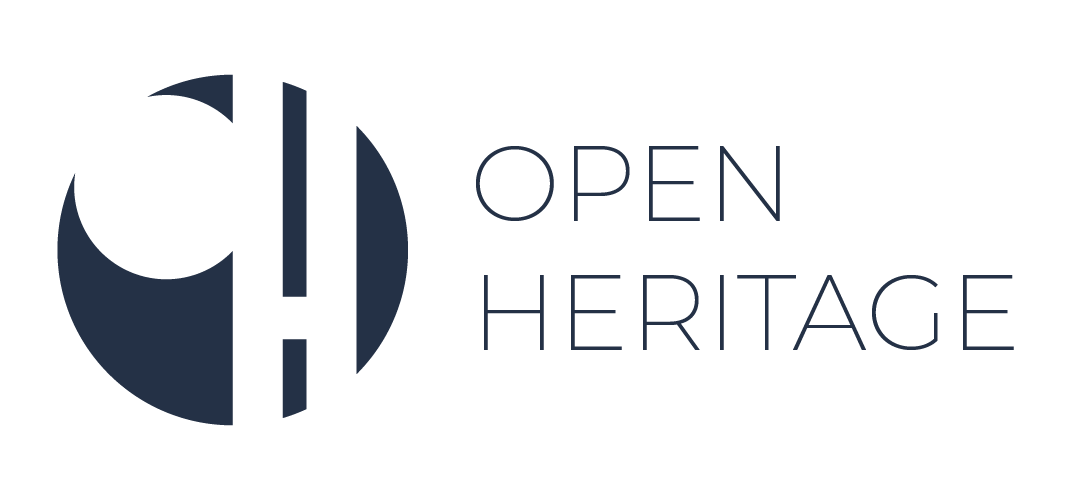The glossary entries are the result of a collaborative process among OpenHeritage consortium partners and have undergone an internal review. However, they only express the perspective of the authors listed under each term, not of all partners. You can find information on the glossary production process and the full glossary here.
Katarzyna Sadowy
PragaLAB, OW SARP, Warsaw, Poland; katarzyna.sadowy@ohpraga.pl
Hanna Szemző
Metropolitan Research Institute, Budapest, Hungary, szemzo@mri.hu
Dominika P. Brodowicz
PragaLAB, OW SARP, Warsaw, Poland; dominika.brodowicz@ohpraga.pl
Maciej Czeredys
PragaLAB, OW SARP, Warsaw, Poland; maciej.czeredys@ohpraga.pl
Short definition
The term OpenHeritage is the result of the slow transformation of the project’s acronym into something more meaningful in the process of project-related research and activities. The term describes an open concept of what constitutes heritage, an equally open approach about who is entitled to define what heritage is and who can be trusted to safeguard it. By putting openness into its centre the concept emphasizes the multitude of opportunities in evoking and reinterpreting the relation between heritage and community. It describes heritage not as an asset defined by specialists only, but as a collection of buildings, complexes, spaces, ideas and practices that have symbolic or practical importance for local or trans-local heritage communities.
Key discussions around the term
The term “OpenHeritage” was created in the OpenHeritage project. However, its meaning is deeply tied to the processes and debates in the field of heritage studies. As such it relies on the concept by Harrison (2013) where heritage items are understood as complex assemblages. An assemblage is a set of interconnected elements organized around the heritage object; it consists, besides the object itself, of places, persons, things, ideas and practices, which are essential for defining and maintaining the significance of the heritage item. They are seen as an embodiment of identity (or parts of identity) of socio-cultural categories. Thus, take away from any heritage object its natural or architectural environment, the physical arrangements of accessing it, the different groups of personnel managing and running the given site, the various captions or labels meant to name objects and explain broader contexts, or the knowledge needed to produce these explanations, and you get something different. Therefore, the mere conservation of the object itself is not enough for keeping it for the future as a heritage item; its significance will be lost unless sufficient provisions are made for the sustainability of the whole assemblage.
The role of local communities and their relation to the heritage item, their activity in maintaining and looking after it is thus a crucial element of the heritage itself. Taking this as a starting point, and acknowledging the complexities intertwined with this realization, opening up heritage seeks to empower communities in the process of adaptive reuse. From a governance perspective, OpenHeritag means a model, which calls for cooperation and coalitions, the integration of resources and the exploration of innovative financial models. Although applicable everywhere, it is particularly designed for underused and abandoned sites in marginalized areas, as it offers there a new process of engagement. This process of transforming abandoned cultural heritage sites becomes an opportunity for increased community cohesion and social integration, the appearance of innovative bottom-up economic activities and the creation of employment possibilities.
The term OpenHeritage exists outside of the project as well, with less specific contexts. There are some previous mentions of it, mostly related to the discussions around an open-source idea, connected to digital heritage, or digitizing a monument.
Reference list
Harrison, Rodney. 2013. Heritage: Critical Approaches. London and New York: Routledge.
